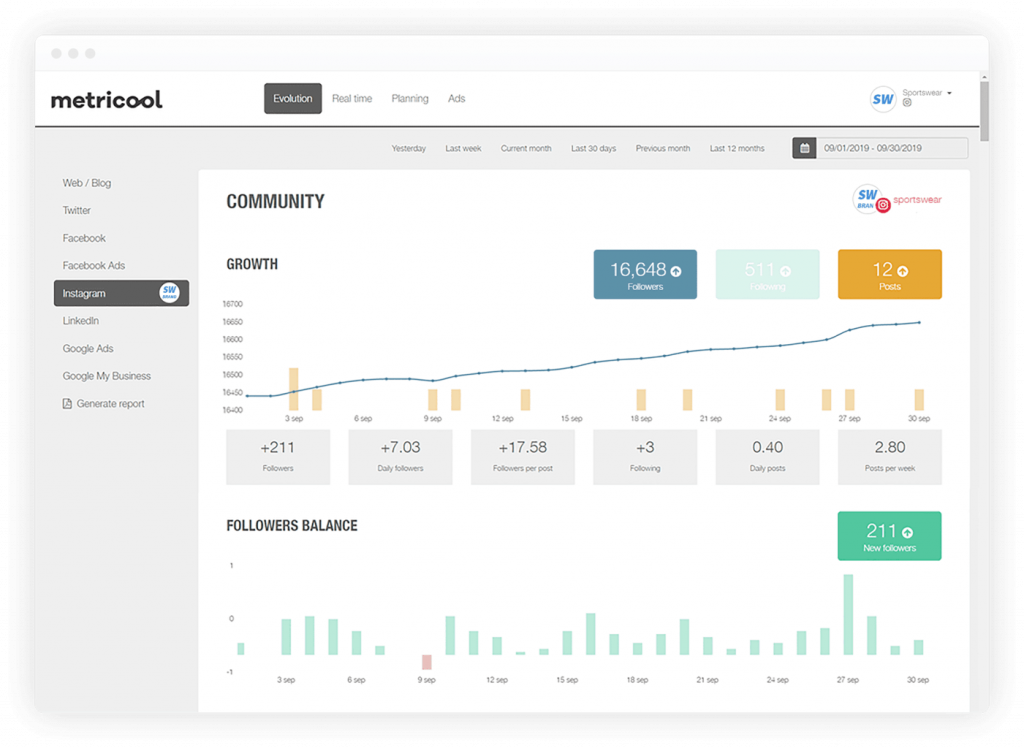How to create a social media strategy?
How to create a social media strategy?
Is it worth spending a lot of time creating a social media strategy? Most people would probably say no.
The high percentage of the population posting content on social media on a daily basis has created the false idea that managing social media is easy and does not require much planning.
Maybe that’s why this area is one of the most underrated and underpaid within digital marketing….

The truth is that there are few very good social media managers and many companies prefer to hire professionals who are average in this area or who “do a little bit of everything”.
But we’re here to make you stand out from the crowd, not belong to the herd.
As such, we will now share with you some tips on how you should create your social media strategy and succeed.
What are your goals?
Before you even think about establishing your digital presence through social media, you should define the goals of your page.
That is, why are you creating a page on a social network? To get more sales with your brand? To educate your audience? To gain notoriety? To generate traffic to your website?
Think carefully about what your main goal is, so you know what kind of content you should publish and what your intention is when communicating.

Who will you tell?
Know your target audience
This is a very important step.
Most brands when they start posting on social media just assume what their target audience is without having concrete data to justify their choice.
But there are platforms likeMeta Businessthat provide information about your audience – demographics, best times to post, interests, and more. In this case, Meta Business only provides data for Facebook and Instagram.

Another option is to consult market research or reports that provide social media data.
For statistics relating to the digital world, the “
Datareportal
” is a good source of information.
Define your persona
Once you have defined your target audience, you can start to refine your target and start defining your “avatar” or “persona“. In essence, the ‘persona’ is the embodiment of your audience.
To define your persona, start by thinking about what difficulties and ambitions they might have:
- What are your fears?
- What stage of life are you in?
- What hobbies do you have?
- Are you married or single?
- Where are you and where do you want to go?
The idea is to try to shape your persona as best you can, down to the details.
This way, you will have a clear view of who you are communicating with and you will more easily develop a connection with your audience.
Does it make sense to be on all social media?
The answer many people give is “yes, the more digital presence you have the better!”. But this is not so straightforward.
If your target audience mostly uses Facebook and Instagram and only a small percentage uses Tik Tok, it probably makes more sense to direct your efforts to these two platforms, rather than wasting time trying to grow your audience on Tik Tok.
And, as always, we try to make our decisions based on data.
In Portugal, for example, the 3 most used social networks are: Whatsapp, Facebook and Instagram (in order).

Analyze the metrics
Once you’ve defined your communication goals, your audience and the platforms you’re going to use, you need to analyze everything so you can optimize what’s necessary.
Most social media platforms provide metrics to analyze your results.
However, if you use a platform that does not provide metrics, you can use “
Metricool
” which is compatible with several social networks.
Most important metrics

With this platform you can analyze important metrics such as:
- The number of impressions: number of times your content is displayed – one person can view your post more than once, so more than one impression per person can be counted.
- The reach of your posts: the number of people who view your content – in this case, a person can only be counted once, unlike the impressions metric.
- The number of likes/reactions of publications
- The interaction rate: measure how much your audience interacts with your posts.
- The performance of hashtags: what are the number of impressions, reactions and followers gained/lost per hashtag.
Compare your metrics with those of your competitors
Another feature that “metricool” provides is the possibility to compare your metrics with those of other similar pages.
By comparing your page with your competitors’ you can see what you can improve and what you should continue to do right.
By following all these tips we believe that you will be better prepared to communicate with your audience and you will be more easily successful on your social networks!
Don’t forget to follow a plan and to be consistent, because only then you will be able to understand which aspects you need to improve.
If you still don’t feel 100% confident to implement a social media strategy we are
here
to help you!


